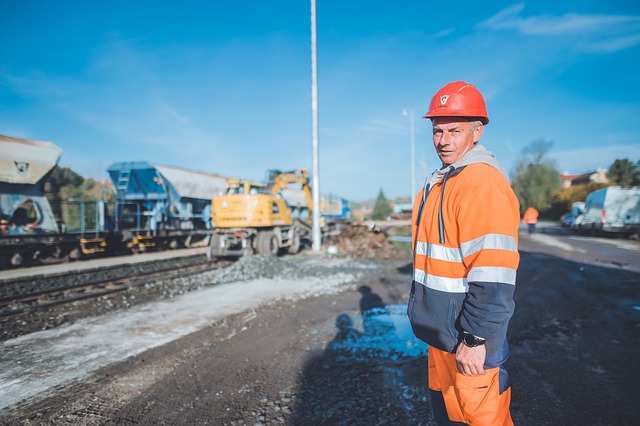
While safety in the railroad industry has improved markedly over the last two decades, switching operations in railyards continues to be a primary source of injuries to railroad workers. According to studies done by the Federal Railroad Administration, almost a third of all railroad employee injuries, and over half of all severe injuries, occur in railroad yards.
Dangers of Railroad Yard Operations
A railroad yard is a large system of railroad tracks that is used for storing, sorting, or loading/unloading, railroad cars and/or locomotives. Trains arriving at railyards are typically disassembled, reassembled, and inspected before departing for another destination. Some railyards also have facilities to service and repair cars and locomotives. Due to the high volume of large, heavy, moving equipment and the labor-intensive nature of switching cars, there are many hazards associated with railyard operations. Injuries are often caused by uneven surfaces; manual switches; equipment and debris on the ground; noise and visual distractions; inclement weather; and greasy and slippery work areas and surfaces (e.g., a switching step or handhold of a locomotive).
Studies have shown that most railyard injuries occur during switching operations. Switching requires a lot of on-the-ground train-side work by employees, including operating track switches to direct cars to different tracks; signaling locomotive operators; coupling and uncoupling cars; and inspecting couplings, air hoses, and handbrakes. Brakemen, conductors, and switch operators are responsible for many of these tasks and because their jobs require them to go between cars and get on and off moving equipment, these workers are frequently at risk of serious physical injury. These workers are often out of sight of locomotive operators and have to rely on hand signals and radio communications to direct movements. Nearly half of railroad brake, signal, and switch operator fatalities resulted from being struck by a railway vehicle. Below are some examples of fatalities that occurred during yard switching operations:
- A switchman placed himself between the rails to adjust a misaligned coupler after a cut of cars was stretched. He was facing the coupler with his back to the cut of cars when they rolled in and struck him.
- An employee was struck by a train when he tripped and fell onto the rail as he stepped in between moving equipment to open a knuckle.
- The switchman of a three-person yard switching crew made a cut of cars on a yard track and told the engineer to pull the cars out. As the cars were being pulled out, the switchman stepped between the gauge of the track and was struck and killed by the remaining cars on the track that had begun to roll in the same direction as the cars being pulled out of the track.
- A switchman asked an engineer to stretch a cut of cars on a track. Noticing that there was a separation between the fourth and fifth head cars, the switchman went in to align the couplers and was killed when the unsecured cars rolled in on him.
- A two-person crew was switching cars in a yard and, without the trainman’s knowledge, another switching crew had set cars into an adjacent track. The set included a wide ladle car that created a clearance issue on the adjacent track. Sometime later, the trainman was riding the lead car down the track adjacent to the wide ladle car and was killed when he was crushed between the car he was riding and the wide ladle car.
What are my options if I was hurt working in a railyard?
Due to the dangerous nature of work on the railroad and the staggering rate at which employees are seriously injured, Congress enacted a federal statute known as the Federal Employers’ Liability Act (FELA) to provide an avenue for railroad workers to obtain full and fair compensation for on-the-job injuries. Unlike workers’ compensation, FELA allows railroad workers to file lawsuits against their railroad employers for damages incurred as a result of the railroad’s negligence. While FELA claims require proof of the railroad’s negligence, compensation under FELA is typically greater than that of workers’ compensation awards.
However, this does not mean that an employee must resort to litigation to receive compensation for his/her work-related injury. After being injured, the worker is required to file an accident and injury report that describes the circumstances of the accident and the nature of the injury. In most cases, this triggers a claim process with the railroad and it is possible to reach an agreement as to the appropriate compensation for an injury prior to any litigation. This results in the injured worker getting money faster and without the expense of a lawsuit. Most railroad injury claims are resolved this way. Whether a claim is negotiated with the railroad or resolved through litigation, it is important to seek the advice of an experienced FELA attorney who can advise you of your options and a fair value for your injuries.
If you or a loved one has been injured while working in a rail yard, call us today for a free consultation.





